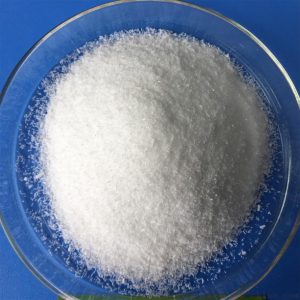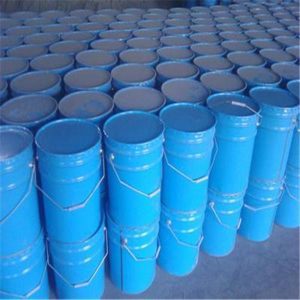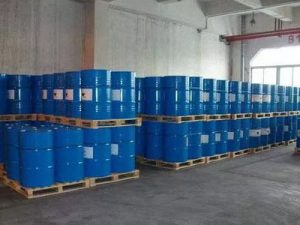Application of surfactants in pharmaceuticals
Application in the extraction and separation of pigments, flavor components, bioactive components and fermentation products
In recent years, surfactants have been widely used in the extraction and separation of natural ingredients such as pigments, flavor components, biologically active ingredients and fermented products in food.

Application of surfactants in pharmaceutical field
Surfactants have the functions of wetting, emulsifying, solubilizing and so on, and thus they are widely used as excipients of pharmaceutical preparations, especially in the microemulsion technology of pharmacy which has been developed in recent years and has more and more extensive applications. In drug synthesis, surfactants can be used as phase transfer catalysts, which can change the degree of solubilization of ions, and then increase the reactivity of ions, so that the reaction is carried out in a non-homogeneous system, the reaction efficiency has been greatly improved, drug analysis, especially drug fluorescence spectrometry analysis of surfactants are often used as solubilizing sensitizers. In the pharmaceutical industry, pre-surgical skin disinfection, wound or mucous membrane disinfection, instrument disinfection and environmental disinfection, etc., surfactants are widely used as bactericides and disinfectants due to their strong interaction with bacterial biofilm proteins, which can denature or disable them

Development process and development direction
The earliest application of surfactants can be traced back to ancient times, such as olive oil soap used by ancient Egyptians in bathing, but it was not until the middle of the 19th century that people began to study and produce modern surfactants, such as soap and lithosulphate.
In 1916, the German chemist Fritz Haber invented a mixture of ammonia and petrochemical products called “A-agent”. This mixture was used to make soap and detergents, but it contained high concentrations of toxic gases that were dangerous, so researchers began to look for safer and more effective alternatives.

In 1927, American chemists Ike Winfield and Harper teamed up to invent a new surfactant that used ethoxylated chemicals instead of toxic gases, making it safer and more effective. This was a milestone for surfactants and led to the spread of their use in industrial and consumer applications.
After the 1920s, major breakthroughs were made in the research of synthetic detergents, and new types of surfactants were discovered, such as sodium alkylbenzene sulfonate and alkyl sulfonate, which were so effective that they were widely used.
In the 1960s, due to the increasingly prominent problem of environmental pollution, people began to research and develop environmentally friendly surfactants, such as nonionic surfactants, biodegradable surfactants and so on.

